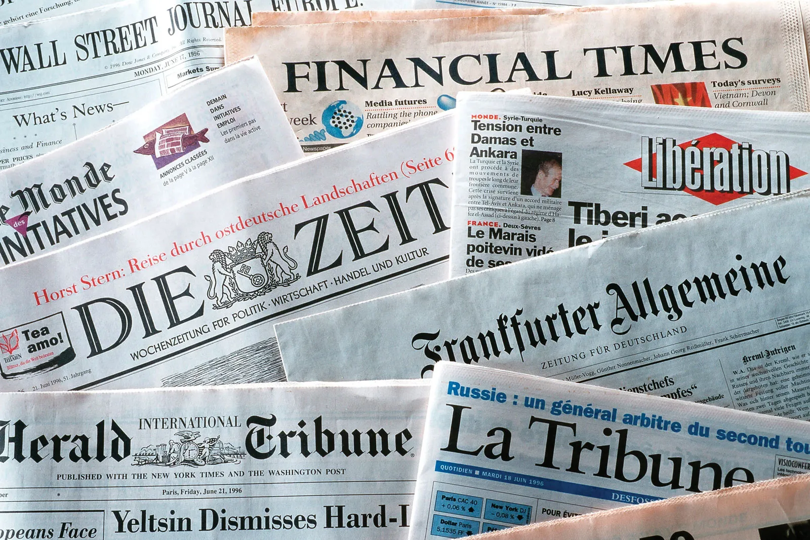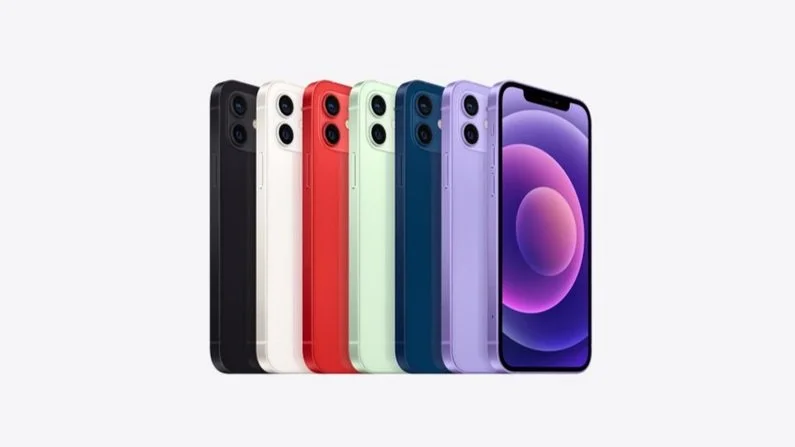
For the iPhone 12th generation, apple reintroduced their MagSafe technology, made famous by the safety magnetic charger cable for their laptops; Apple brought it back as their interpretation of movie phone wireless technology. With this, they also introduced a new environmental commitment, the use of more environmentally friendly materials, a transition to renewable energy of its manufacturing partners, the exclusion of the traditionally included headphones, and finally, the exclusion of a charger with every phone purchase.
Chargerless box
Back on October 13, 2020, at the apple event, the brand directly after the brand announced the MagSafe relaunch. Apple took a couple of minutes to explain its environmental news. Starting by stating that The company was carbon neutral for its global corporate operations, and by 2020 all their office stores and data centers were running exclusively on renewable energy. They followed by presenting their plan of having net zero climate impact by 2030 throughout their entire business, including the whole manufacturing process and consumer experience.
They also reiterated their past efforts to make the iPhone more eco-friendly like, no BFR PVC Beryllium or mercury usage, 98% recycled rear metals usage, 100% recycled solder, and more.
For the 12th version of the iPhone, 100% recycled rare earth elements were used for all magnets, and the design was optimized to reduce waste and use less material. Finally, it was announced that the included headphones and chargers would be removed and no longer included on purchase to reduce carbon emissions and the number of materials used while making the box smaller and lighter and allowing for 70% more product to fit on shipping pallets.
These changes reduced their carbon emissions by over 2 million metric tons annually.

Apple has made many efforts to reduce its environmental impact, including 100% recycled tin in the solder, more than 90% of the recyclable fiber in their packaging, zero waste sent to landfill from final assembly-only sites, 100% virgin wood fiber sourced from responsibly managed forests, 99% recycled tungsten in the whole product, 100% recycled rare earth element in their magnets, arsenic-free display glass, 35% recycled plastics in at least eight different components and no bar, PVC, beryllium and mercury usage.
About Apple
Economical impact and Market reaction
Inspired by the critical reception of these changes, the iPhone 12 sold amazingly well, and there was no direct economic impact.
Even though Motorola was the first brand to chose not to include a charger in the box, it was when apple launched the iPhone 12 that this became a popular topic of discussion. Some brands, like Samsung, even decided to mock Apple publicly about this decision. Still, now that Brands like Xiaomi, Nokia, and even Samsung have copied the idea, it's safe to say that this move created a trend in the smartphone market.

Reception
Positive
The efforts of developing a more eco-friendly iPhone were well received, with a general agreement that including a new charger with every iPhone would be wasteful and unnecessary. The new MagSafe technology redirected attention by introducing a new way of charging your iPhone.
The data provided by Apple pointing towards included chargers being wasteful and unnecessary were backed up by independent parties like Steven Yang, CEO of Anker. He stated that they "[...] estimate a total of four billion chargers (were shipped last year)." they"[..] estimate about 300,000 tons of e-waste just from these in-box chargers."
Negative
Influencers, tech magazines, users, and even governments have highly criticized Apple's claims about their decision to omit the charger. This criticism started before the release and official announcements when rumors about the iPhone 12 shipping with nothing but the phone began to seem more real. Famous YouTuber MKBHD even dedicated a video to the topic, trying to understand why and how this could be done. Just like the reactions to the announcement, the responses to the rumors were extremely polarizing; many perceived the move as a greedy attempt from Apple to create a necessity and then sell the solution, like "selling a car with no wheels" and the fact that the brand didn't allow for user repair ability with their designs and didn't want to comply with the industry standard of USB-C made it hard to defend this new design decision as an environmentally conscious move.
This same reaction evolved after the launch to a point where countries like Brazil deemed this decision an "abusive practice" and took legal action against the brand. Judge Caramuru Afonso Francisco argues that not including the charger "requires consumers to purchase a second product in order for the first to work." And, therefore, shouldn't be allowed.
Similarly, a group of students filed a lawsuit against the company claiming that the cable included in the box isn't compatible with older iPhone chargers and, therefore, they cannot charge their phone with the charger they already have, as claimed by Apple on their webpage.
Communicate clearly
Being too imprecise when presenting the impact plan of a product may lead to the wrong interpretations and false expectations, a recipe for disappointment and controversy.
Live up to your own standards
If you decide to take sides in controversial conversations, the public will scrutinize every past decision you make, be ready and try to be congruent.
Don’t oversimplify
Important topics deserve time and attention; try not to rush through them. It’s essential to fill all the spaces to avoid adverse reactions.
Be consistent
When it comes to ecological impact, constant improvement matters more than any singular step.
Change the market
Don’t be afraid of the first reactions; being the leader, there will always be someone trying to pull you back.
Imitation is the sincerest form of flattery
A great indicator of success is market adoption, it might not be instant, but if it happens, you know you have achieved some change.






